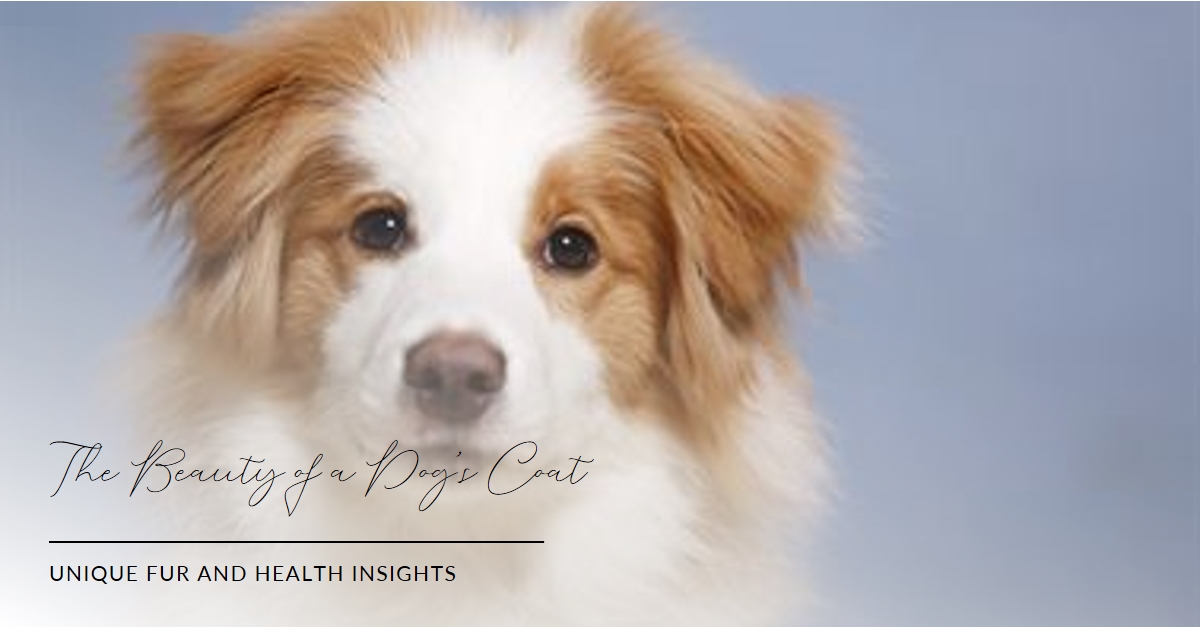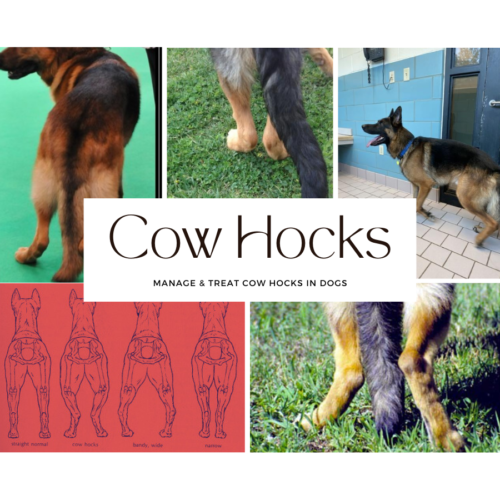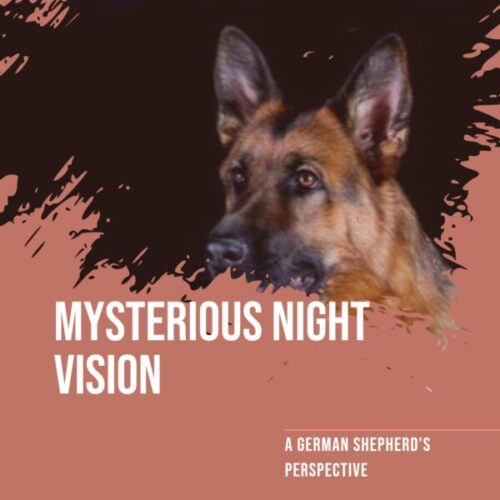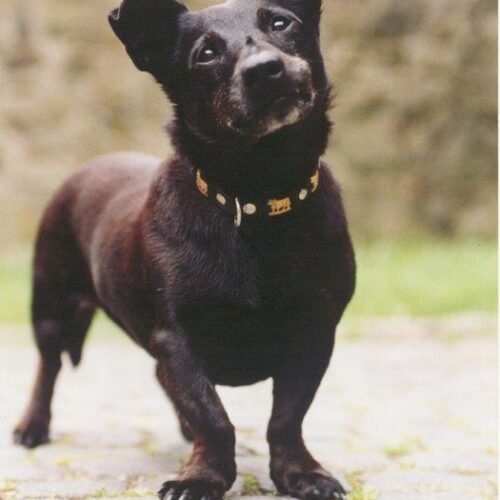Your furry friend’s coat isn’t just a fashion statement – it’s a canvas bursting with stories of genetics, ancestry, and even health clues. Ever wondered why your golden retriever shimmers like sunshine, while your black Labrador appears like a sleek shadow? Buckle up, dog lovers, because we’re diving into the fascinating world of hair pigmentation, the mastermind behind your pup’s unique color palette.
Nature’s Paintbrush: Unveiling the Melanin Mystery
Think of melanin as the artist behind your dog’s coat. This natural pigment comes in two main shades: eumelanin (responsible for browns and blacks) and pheomelanin (the maestro behind reds and yellows). The distribution, dilution, and interaction of these pigments create the dazzling array of colors we see in dogs.
Decoding the Color Code: Hair Pigmentations
Different combinations of eumelanin and pheomelanin create a spectrum of fur shades:
- Solid colors: Black, brown, fawn, and red represent dominant expressions of one melanin type.
- Parti-colors: Bi-colors like black and white, or tri-colors like harlequins, involve distinct patches of different colors.
- Brindle: Imagine tiger stripes on a dog! This pattern results from uneven eumelanin distribution within individual hairs.
- Merle: Think dappled or marbled coats like Aussies. This unique pattern involves dilution and uneven distribution of both melanins.
But wait, there’s more! Dilution genes like D and E further modify colors, creating shades like silver, blue, and cream. Genes like Kbr even control black vs. brown eumelanin expression, resulting in the classic black Labrador vs. chocolate Lab distinction.
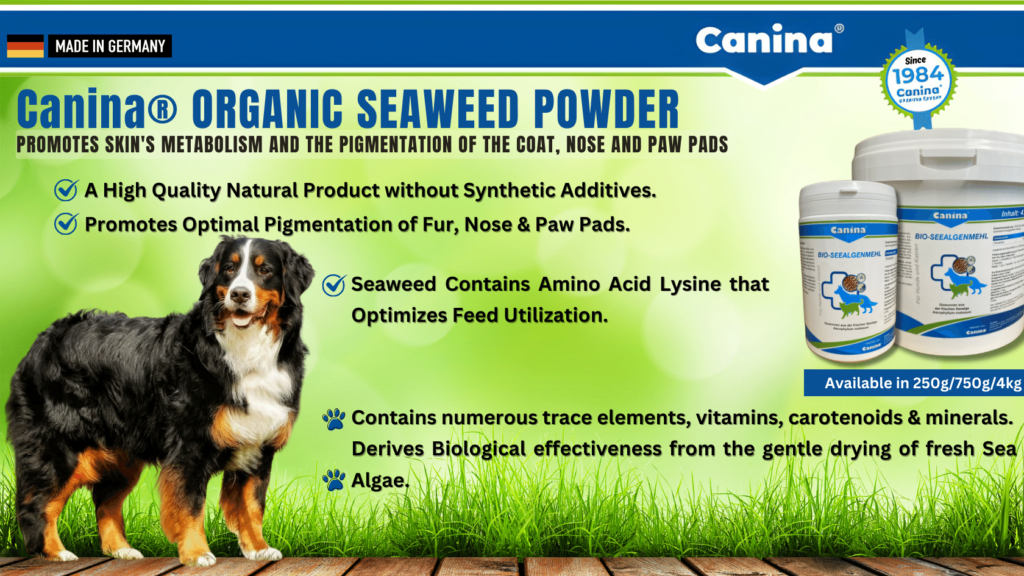
Beyond Beauty: The Health Connection & Hair Pigmentation
While hair pigmentation primarily adds aesthetic charm, it can sometimes offer health insights:
- Black and white dogs with certain coat markings might be predisposed to deafness due to a shared genetic pathway.
- Merle dogs with excessive white markings may have eye problems associated with the merle gene.
- Progressive greying can sometimes indicate underlying health issues.
However, remember: coat color alone isn’t a definitive health indicator. Consult your veterinarian for any concerns and celebrate your dog’s unique coloring as a beautiful reflection of their genetic tapestry.
From Genetics to Grooming: Caring for Your Colorful Canine
Understanding your dog’s hair pigmentation helps you provide optimal care:
- Tailor grooming practices: Some coat types, like double coats, require specific brushing techniques.
- Choose appropriate sun protection: Lighter-colored dogs might need sunscreen on exposed areas.
- Embrace their uniqueness: Each shade, pattern, and combination tells a story, so celebrate your dog’s distinctive fur!
Embrace the Rainbow: Celebrating Every Canine Color
From a fiery redhead to a majestic blue merle, each dog’s coat holds a unique tale. Remember, hair pigmentation is more than just aesthetics; it’s a window into genetics, health, and a fascinating story waiting to be unraveled. So, the next time you admire your furry friend’s colorful masterpiece, appreciate the complex chemistry and whispered secrets encoded within each strand. Your dog’s coat isn’t just a cover – it’s a colorful badge of honor, a testament to their remarkable individuality, and a reason to love them even more!
An interesting factor in which many breeders and fans look at when choosing the beauty of a specimen, even if not the most important one… above all know that pigmentation is very conditioned by the GENETIC component although we can improve it with food supplements.
Among dog lovers and breeders, there is a belief that some diets or foods can make the dog’s hair pigmentation turn red. Is this true? Let’s see below what factors can cause redness of hair black dog zucchini.
Hair pigmentation is given by several factors, on one part it is determining the type and color of the pigment that is deposited in the hair when it is still inside the hair follicle. On the other hand, genetic factors determine how such pigments are distributed in the hair, how they fade, and the distribution of hair color in the different body areas of the dog.
Other causes may affect hair pigmentation for example topical substances, medicines, aging or sunlight exposure. Hair aging causes changes in dark or black hair to a more reddish or reddish brown tone. This change occurs mostly in the hair tip area. Exposure to sunlight can also cause black hair to turn red. When this happens, the change affects different parts of the hair but the base remains black generally. Similarly, topical use products such as shampoos or anti-parasitic products can give your hair a red color, which will be distributed, evenly, well in the application area.
There is a substance that is present in the dog’s saliva and tears, which is called porphirine, which comes from the hemoglobin metabolism and is blushed due to sun exposure. We can see this redness effect on the dog’s hair around the eyes or in areas where they excessively burn. These are the well-known factors that trigger a change of color in dog’s hair towards a reddish tone.
There has never been a connection between these and diet or dietary supplements. Yes it is true that a malnutrition can cause the dog’s hair to be lacking shine and blackout color or a deficiency, for example copper, it can cause hypopigmentation which will result in a red hair in the mantle dogs or Dark.
In the case of golden dogs or with fire-colored hair pigmentation, there is a belief that administering certain supplements, certain “special” diets or even carrots intensifies the red color of our dog’s hair. Carrots and other supplements used contain betacarotones, which are nothing but precursors of vitamin A and are dark red pigments. Being consumed by the dog, an enzyme in its intestine turns them into active vitamin A, which is absorbed and stored in the liver. Vitamin A is necessary for, among other functions, the maintenance of the colon, but it is not responsible for the dog’s hair color change.
Carrot betacarotens do influence skin color, as happens in people who consume a lot of this vegetable, but not hair color. In dogs the skin is hidden under the thick hairy layer and, just like dark brown-haired people or black who eat carrots do not turn red, although their skin more easily acquires a beautiful golden or tan tone; dogs Supplements with betacarotene will not change their cloak color will not turn red.
Yes it’s true that diet affects hair pigmentation, but referring to its shine, hydration and nutrition. A balanced diet, rich in vitamin A and other elements such as, for example, fatty acids, will make the hair look shiny and shiny, but not change its color. It is therefore enough for our dog’s hair to shine and look its different shades, a diet adapted to its physiological needs and that covers its nutritional requirements.
Although the tone of the mantle may vary slightly depending on environmental agents such as the amount of sunlight or the diet, most of the hair pigmentation of the different breeds depends mainly on their genetics, therefore if we want dogs with tone the intense fire we select players that have this characteristic very marked.
Follow Us on Instagram: Dogs&Fur

